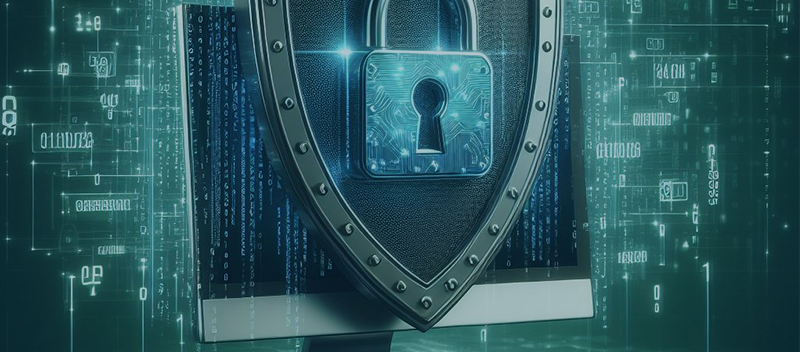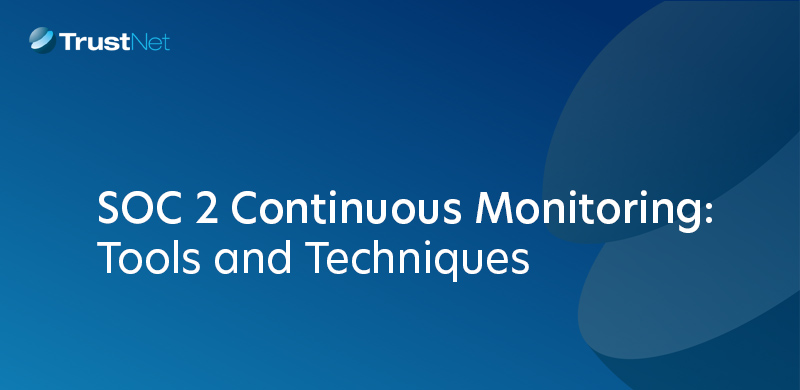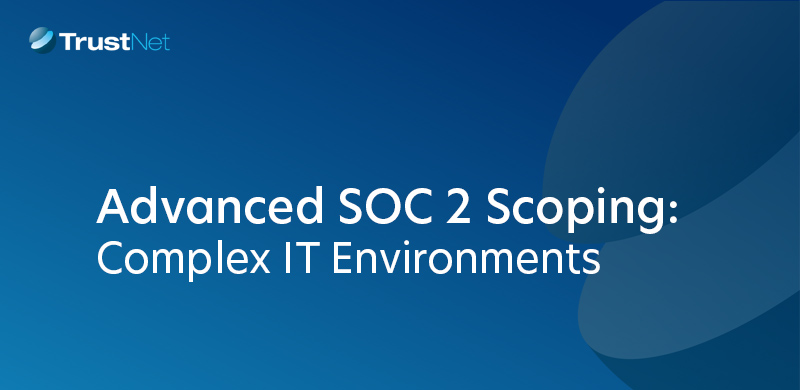Blog Important Cyber Security Metrics to Track
Important Cyber Security Metrics to Track

When it comes to protecting the safety and integrity of your physical infrastructure and the digital data your company stores, you need to put a complex system of security and reporting measures into place. Just as important, you must assemble human, technological and quantitative cyber security metric resources that will measure the effectiveness of your safeguards. No security posture is complete without these tools.
Why Are Cybersecurity Metrics Important?
Security monitoring is not a one-time event. The technology to be protected and the threats that jeopardize it are constantly changing. Therefore, you need to have measures in place to frequently assess the effectiveness of the safeguards you have invested in. This is important for two reasons:
Analysis of key performance indicators (KPIs) and key risk indicators (KRIs) enables you to obtain a snapshot of how your security system is functioning over time. In other words, you can learn about what is improving and what is deteriorating. Armed with this historical data, you can make intelligent decisions about your security future.
These metrics give you quantitative information that you can use to show management and board members that you take the integrity and impenetrability of your systems seriously.
Identifying and utilizing these information security metrics examples in monitoring your ongoing network protection protocols is one of the best ways to remain accountable to all stakeholders.
Key Information Security Metrics That You Should Track
Automated technology makes it easier than ever to monitor and track various elements that point toward the efficiency and penetrability of your security structure. The following are just a few cyber security metrics examples that your organization should focus upon:
The total number of assets within your organization that are subject to vulnerabilities, including IoT devices and unauthorized technology that staff members might be bringing on-site. By running a vulnerability scan regularly, you can obtain analytics about the critical loopholes in your systems that bad actors may exploit.
This includes discovering any applications that need to be patched or upgraded. Once you have this report in hand, you can use resources and tools to make improvements and close the gaps in your network infrastructure.
- Mean time to identify (MTTI) and mean time to contain (MTTC) are cyber security metrics and measures that have to do with how quickly an incident is detected and responded to by your business. When these two key performance indicators (KPIS) are too high because your team takes too long to discover or react to attack vectors, your organization loses money. Therefore, these security kpi’s should be at the top of management’s priority list.
- Number of intrusion attempts, both successful and thwarted.
- Corporate network traffic. Although data is often compromised due to attacks from outside from criminals or from within due to technical glitches, staff lapses and online behavior are also a major culprit. As a result, your security team needs to take the initiative by monitoring all of the traffic entering and exiting your systems. This includes emails, files, programs and media such as videos and movies that personnel might be downloading onto their company laptops or desktop computers.
- How many days it takes after a patch is released for your IT staff to install it.
- User access. When safeguarding your systems, it is crucial to restrict who can have administrative privileges pertaining to sensitive data. Be sure that permissions are only granted on an as-needed basis and that they can easily be revoked should the situation change.
- Number of third-party vendors who have access to your network. This is one of the it security metrics that is easy to forget; however, neglecting it can lead to dire consequences. If vendors continue to be allowed into your network long after they have completed a specified project, you leave yourself vulnerable to malicious attacks from them and from outside actors who might target your contractor’s systems.
- Security ratings. Cybersecurity metrics examples can be measured on an easy-to-understand score card that highlights your company’s performance on some of the most common and gives each a pass/fail rating. Armed with this information, you can meet with your corporate CIO or other stakeholders to recommend the purchase of additional services or advocate for collaboration with expert outside partners.
The primary objective of effective security initiatives today is to act as the sentinel that guards your vital online and network systems from failures due to technical or human error or malicious attack. Utilizing a metric-based approach to measure and monitor the performance of this strategy is the best and most cost-effective way to ensure that your policies and procedures are doing their job. In an era when protecting assets is a necessity, you cannot afford to compromise.
Penetration Testing Services
Penetration testing is a cybersecurity best practice that helps ensure that IT environments are adequately secured and vulnerabilities are appropriately patched. A penetration test seeks to determine whether and how a malicious user can gain unauthorized access to information assets.
For over a decade, TrustNet has performed penetration tests to help organizations uncover hidden security vulnerabilities. Our proven methodology provides actionable steps for ensuring the security of your systems.




